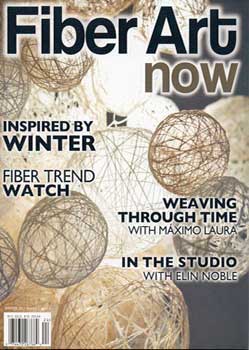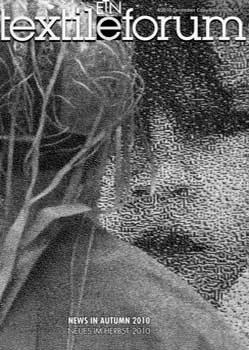Master Weaver: Maximo Laura’s Award-Wining Tapestries
Maximo Laura
by Musuk Nolte for Hand/Eye Magazine
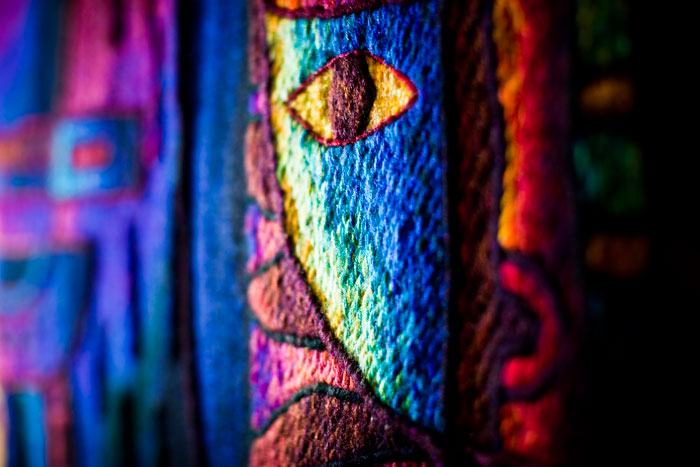
His independent weaving practice began in the 1980s, when he sold his work to pay for his studies in literature in Lima. Eventually, literature faded into the background and the nuances, meanings and ideas inherent in the textiles became his focus.
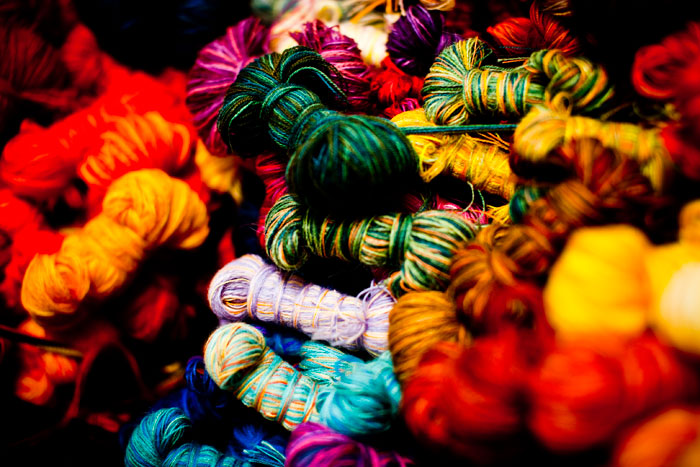
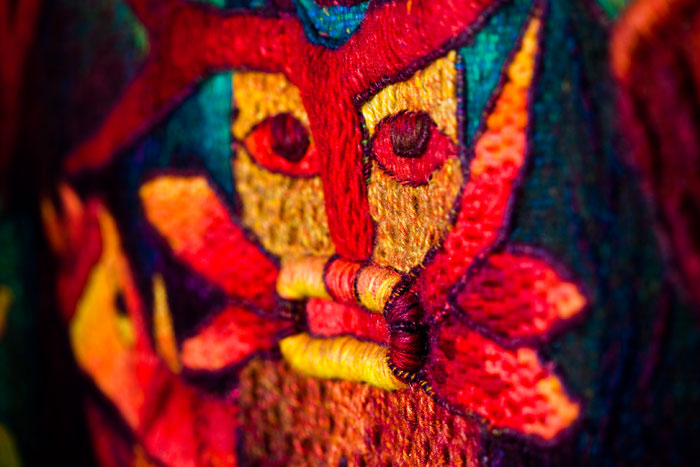
His creative process is continuous, intense and vital – so much so that he has to be calm and at peace so that his visions can come to life. He is constantly taking notes that mix drawings, words, and feelings with the potential to be the starting point of a new tapestry. “Tapestry-making requires a progressive, slow and irreversible system of work that allows for the miniscule, patient and intimate meeting of technical and visual solutions, leading to the opening of an infinite repertoire of possibility subjected to the communicative intentionality of the work.

His work is a woven symbiosis of ancient Andean textiles, international influences, and something deeply personal. It’s art.
Learn more about Maximo Laura
Wild Fibers Magazine
In a culture with a spectacular, centuries-old tradition of textile production, the tapestries of Maestro Máximo Laura stand out from the rest. Máximo Laura’s …
Fiber Art Now Magazine
In many villages throughout Peru, time has stopped. Indigenous people proudly wear traditional clothing that identifies their specific region and community …
Textile Forum Magazine
The following text summarises the content of two conversations I had with Maximo Laura in Costa Rica between 10th and 13th September of this year …
Shop
Explore out catalog of Maximo Laura tapestries available for purchase. All tapestries in this catalog are …


